Find a highly praised sourdough discard rolls recipe that makes golden brown, fluffy dinner rolls. It’s great for beginners and uses sourdough discard, which is perfect for using up extra starter. These rolls are ready in about 2 hours, with most of that time being hands-off rise time.
These sourdough rolls add a tangy twist to traditional dinner rolls. They’re perfect for holidays like Christmas and Thanksgiving.
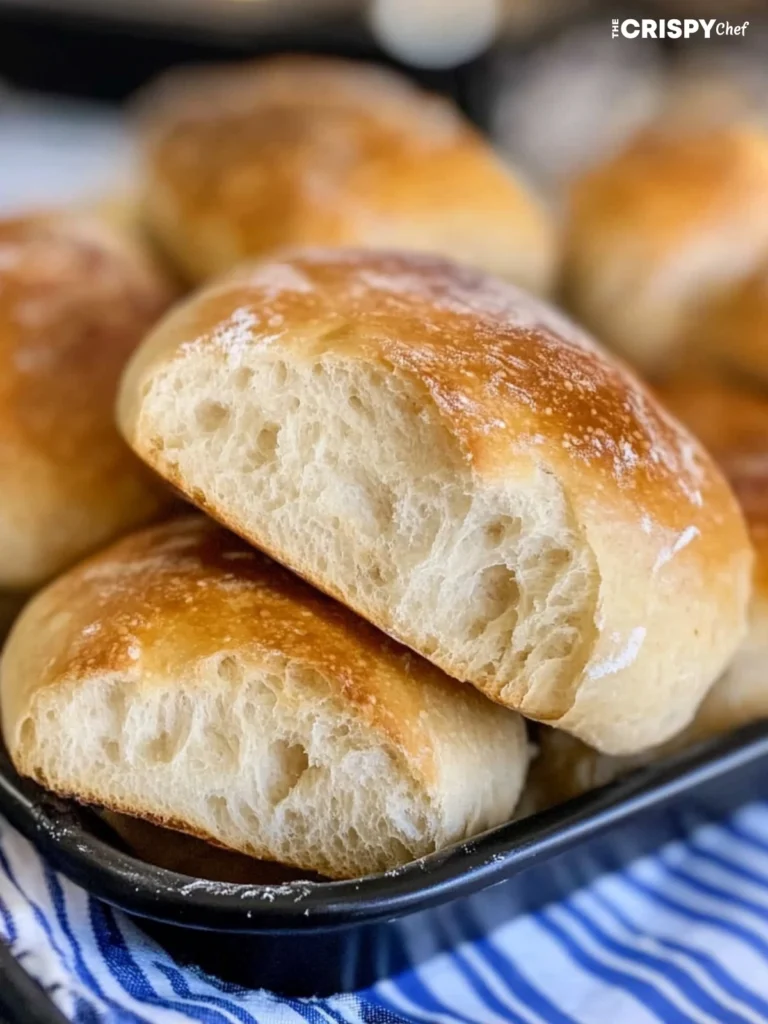
Key Takeaways
- Discover a top-rated sourdough discard rolls recipe
- Yields golden brown, fluffy dinner rolls
- Perfect for beginners and utilizes excess sourdough starter
- Ready in about 2 hours with minimal hands-on time
- Offers a delicious tangy twist on traditional dinner rolls
Understanding Sourdough Rolls: A Baker’s Introduction
Sourdough rolls mix sweet and tangy flavors with a fluffy texture. The secret is in the sourdough fermentation. It breaks down phytic acid and gluten, making the rolls easier to digest and more nutritious.
The Science Behind Sourdough Fermentation
The fermentation process is key to sourdough rolls. Wild yeast and bacteria turn carbohydrates into acids and alcohols. This step is vital for the dough’s structure and texture.
Benefits of Homemade Sourdough Rolls
- Improved digestibility: The fermentation process breaks down phytic acid and gluten, making the rolls more easily digestible.
- Enhanced nutrient absorption: The fermentation process increases the bioavailability of various nutrients, allowing your body to better utilize them.
- Unique flavor: Sourdough rolls offer a delightful balance of sweet and tangy flavors, adding depth and complexity to your baking.
What Makes These Rolls Special
Sourdough rolls are perfect for any occasion. They’re great with stew, in sandwiches, or as a breakfast treat. Their fluffy texture and complex flavor make them a standout.
“The fermentation process is the heart of sourdough rolls, where naturally occurring wild yeast and bacteria work their magic.”
Essential Ingredients for Perfect Sourdough Rolls Recipe
To make delicious sourdough rolls at home, you need the right ingredients. These ingredients are key to the rolls’ unique taste and texture.
The recipe starts with active dry yeast. This yeast makes the dough rise. You also need 3/4 cup of warm water to activate it. For that sourdough flavor, 1/2 cup of sourdough discard is added to the dough.
The recipe also includes 1/4 cup of sugar and 1/4 cup of melted and cooled unsalted butter. These add sweetness and richness. A 1/2 teaspoon of salt balances the flavors. And 2 1/2 cups of all-purpose flour gives the dough its shape.
For a golden-brown crust, you can use an egg wash. Mix 1 egg with 1 teaspoon of water or milk.
With these sourdough roll ingredients, sourdough discard, and all-purpose flour, you’re ready to make soft, fluffy sourdough rolls. They will surely impress your taste buds.
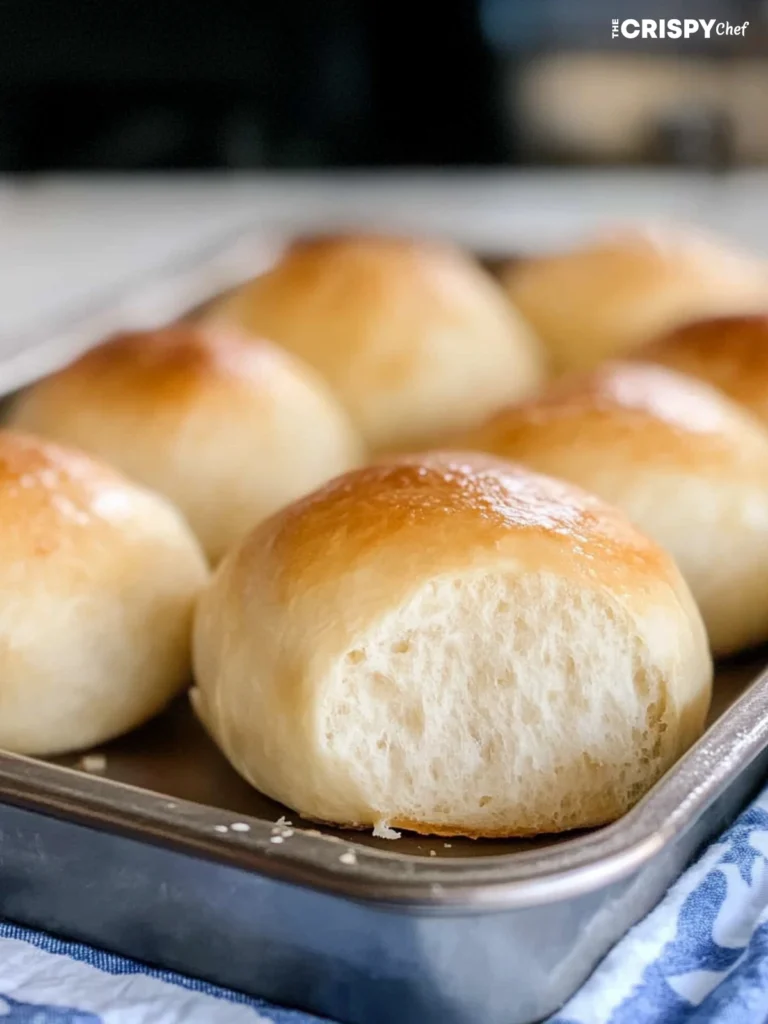
Equipment and Tools Needed
To bake homemade sourdough rolls, you need some key tools. A stand mixer and a kitchen scale are must-haves. They help you get professional-quality results. Let’s look at the essential items and some optional tools that will make baking easier.
Must-Have Baking Equipment
- Stand mixer with a dough hook attachment: This powerful tool kneads the dough easily, saving you time.
- Kitchen scale: It’s crucial for precise measurements. A kitchen scale helps you measure ingredients by weight for the best results.
- Bench scraper: This tool makes dividing the dough and cleaning up easy. It’s very versatile.
- Baking sheet or 9×13 baking dish: You need a strong baking vessel for your sourdough rolls.
Optional but Helpful Tools
While you need the basic equipment, some optional tools can enhance your baking experience:
- Baking stone or steel: It helps create a professional crust by mimicking a commercial oven’s heat and steam.
- Bread lame or sharp knife: A bread lame or sharp knife lets you score the dough. This adds an artisan touch to your rolls.
- Digital thermometer: It ensures your dough and rolls reach the right internal temperatures. This is key for the best texture and doneness.
Proper Measuring Techniques
Accurate measurements are vital for sourdough baking. While volume measurements work, using a kitchen scale is recommended. It ensures consistent results. This balance of sourdough baking equipment, kitchen scale, and bench scraper is crucial for your homemade rolls.
Preparing Your Sourdough Starter
To make perfect sourdough rolls, start with a strong, active sourdough starter. It should be bubbly and at its peak. If your starter is in the fridge, make sure it’s recently fed and lively.
The recipe needs a starter with a 1:3/4 flour to water ratio. You might need to adjust this if your starter is more or less hydrated. The goal is to use an active sourdough starter for its unique flavor and leavening.
| Statistic | Value |
|---|---|
| Proportion | Up to 25% of all-purpose flour in the recipe can be substituted with whole wheat flour. |
| Timeline | The recipe timeline spans from 8:00 PM the day before to 5:00 PM the following day. |
| Temperature | The recipe was tested in a 72°F (22°C) kitchen. |
| Yield | The recipe yields 6 hamburger buns or can alternatively make 6 hotdog buns. |
| Dough Weight | Each portion of dough for shaping the buns should weigh around 112-115g. |
| Shelf Life | The sourdough hamburger buns can remain fresh at room temperature for up to 2 days or can be frozen for up to one month. |
| Nutrition | One bun serving contains approximately 259 calories, 55g of carbohydrates, 7g of protein, and 1g of fat. |
By following these guidelines and using a high-quality sourdough starter, you’ll be well on your way to creating delicious, homemade sourdough rolls that your family and friends will love.
Step-by-Step Mixing and Kneading Process
Making perfect sourdough rolls begins with the sourdough kneading process. Start by mixing warm water with your active sourdough starter. Next, add bread flour, salt, and sugar to the mix. Use a dough hook on your stand mixer to mix on low speed for 2 minutes.
Then, turn the speed up to level 2 and knead for 5 to 10 minutes. The dough should become smooth, glossy, and pull away from the bowl sides.
Proper Dough Consistency
The dough consistency is key for great dough. It should be slightly tacky but not too wet or sticky. Be careful not to add too much flour during kneading, as it can make the rolls dense and dry.
Kneading Techniques
- For a hands-on approach, knead the dough by hand. Start with a ball on a floured surface. Push the dough away with your heel, then fold it back. Repeat for 5 to 10 minutes until it’s smooth and elastic.
- The “windowpane test” is another good kneading method. Stretch a small dough piece between your fingers. If it forms a thin, translucent “windowpane” without breaking, it’s ready.
Signs of Well-Developed Dough
A well-developed dough is smooth, elastic, and passes the windowpane test. It should also be slightly tacky but not too sticky. This shows the gluten is strong, ready for your sourdough rolls.
First and Second Rise Instructions
Getting the rise times right is key to making sourdough rolls light and fluffy. After kneading, let the dough rise to develop its flavor and texture.
First, put the dough in a greased bowl and cover it. Let it rise at room temperature for 60-90 minutes, or until it doubles in size. This first rise lets yeast work, breaking down sugars and making the dough expand.
After the first rise, gently punch down the dough to get rid of big air pockets. Then, divide it into 8 equal pieces and shape them into smooth balls. Place the dough balls in a greased baking dish, cover, and let them rise again for 30-60 minutes. During this second proof, the rolls should puff up and look bigger.
It’s crucial to keep the dough warm for it to rise well. The best temperature is 75-80°F. This ensures a consistent rise, leading to perfectly risen sourdough rolls.
| Dough Proofing Stage | Temperature | Time |
|---|---|---|
| First Rise | 75-80°F | 60-90 minutes |
| Second Rise | 75-80°F | 30-60 minutes |
By following these steps, you’ll get the perfect sourdough roll rise time and dough proofing for your homemade sourdough rolls.
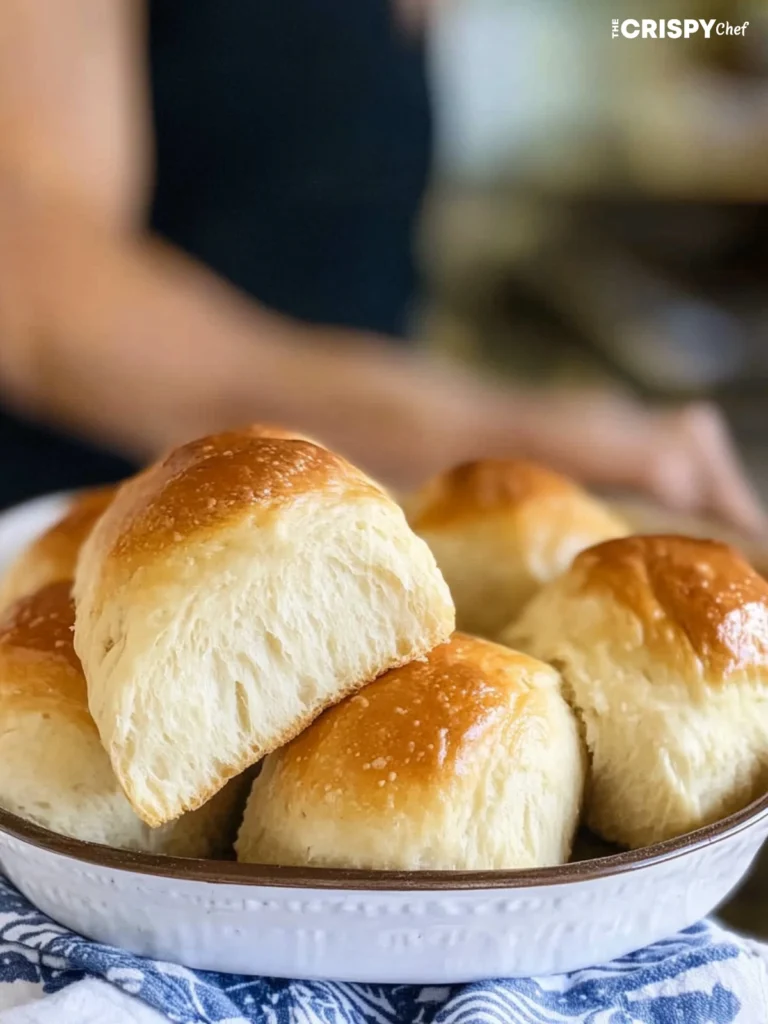
Shaping Perfect Rolls
Shaping your homemade sourdough rolls is key to getting that bakery-quality look and feel. By learning how to shape, you can make rolls that are uniform and perfectly sized. They will have a light, airy inside and a golden, crisp outside.
Different Shaping Methods
There are many ways to shape your sourdough rolls. One way is to divide the dough into equal pieces and roll each into a tight ball. This method helps the rolls keep their shape while baking.
For a more rustic look, try shaping the dough into free-form rounds or ovals. Use your hands to stretch and tuck the dough, making a seamless, natural-looking roll.
Creating Uniform Sizes
To bake your rolls evenly, divide the dough into equal parts. Use a kitchen scale to weigh the dough and then divide it by the number of rolls you want, usually 8 or 12. This ensures your rolls are the same size and bake up beautifully.
After dividing the dough, roll each piece into a tight ball. Use your palms to create surface tension. Place the shaped rolls in a greased baking dish, either touching for pull-apart rolls or spaced apart for individual crusty rolls.
Don’t be afraid to get creative with your roll shapes. Try making knots, crescents, or other designs for a unique and appealing look.
Baking Tips and Techniques
Making the perfect sourdough roll is an art. It’s all about mastering the baking process. First, preheat your oven to 375°F (190°C). This helps your rolls rise and bake evenly.
Before baking, score the tops with a sharp knife or bread lame. This step adds a professional touch and helps the rolls expand. Brushing the tops with an egg wash gives them a golden-brown look.
- Bake the sourdough rolls for 25-30 minutes, or until they reach 190°F (88°C) inside.
- For a softer crust, brush the rolls with melted butter right after baking.
By using these sourdough roll baking tips, you’ll make rolls that wow everyone. They’ll impress your family and friends.
“The true secret to perfect sourdough rolls lies in the art of scoring and baking. It’s a delicate balance that transforms ordinary dough into something truly extraordinary.”
Storage and Reheating Methods
Keeping your homemade sourdough rolls fresh is important. After they cool down, you have a few ways to store them:
- Room Temperature Storage: Store them in an airtight container at room temperature for up to 1 day.
- Refrigeration: Refrigerate them for up to 1 week in an airtight container.
- Freezing: Freeze them for up to 3 months. Just put them in a freezer-safe bag or container.
Freezing Sourdough Rolls
Freezing is a great way to keep your sourdough rolls fresh. Here’s how to do it right:
- Put the shaped rolls on a baking sheet and freeze until solid, about 2-3 hours.
- Then, move the rolls to a freezer-safe bag or airtight container.
- When you’re ready to bake, thaw and rise the dough at room temperature. Then bake as usual.
Sourdough rolls last longer than those made with instant yeast. This is because the natural fermentation keeps them fresh. With the right storage, you can enjoy them for weeks.
To reheat frozen or refrigerated rolls, just put them in a 350°F oven for 10-15 minutes. They’ll be warm and crispy on the outside. Enjoy your freshly baked rolls anytime!
Troubleshooting Common Issues
Baking homemade sourdough rolls can be rewarding but comes with challenges. Whether you’re experienced or new to sourdough, being ready to solve problems is key. Here, we’ll cover common issues and offer solutions for perfect sourdough rolls every time.
Dough Rising Issues
If your sourdough rolls aren’t rising, check your starter first. It should be active, bubbly, and smell yeasty. Also, make sure your dough is in a warm place. Temperature is important for fermentation.
Sticky or Dry Dough
The dough’s texture is crucial for the perfect sourdough. If it’s too sticky, adjust the water based on your starter’s hydration. If it’s dry, add more water until it’s right.
Uneven Baking and Splitting
Proper scoring helps prevent uneven splitting. Use a sharp blade or lame to make clean cuts. This lets the dough expand evenly in the oven.
Dense and Heavy Rolls
Dense rolls might mean you didn’t knead enough or let it rise long enough. Make sure to knead well and let it rise as recommended.
Rapid Browning
Quick browning? Try lowering the oven temperature or cover with foil later. This prevents over-browning.
Understanding sourdough baking science and being open to trying new things is key. With practice and patience, you’ll master making perfect sourdough rolls.
| Common Issue | Possible Causes | Troubleshooting Tips |
|---|---|---|
| Rolls don’t rise properly | Weak starter, incorrect temperature | Check starter activity, ensure proper proofing environment |
| Sticky dough | High hydration level | Adjust water content based on starter hydration |
| Dry dough | Low hydration level | Gradually add more water to achieve desired consistency |
| Irregular splitting | Improper scoring | Use a sharp blade to create clean, consistent cuts on the dough |
| Dense and heavy rolls | Underkneading, insufficient rising time | Ensure thorough kneading and proper rising time |
| Rapid browning | High oven temperature | Lower oven temperature or cover rolls with foil during baking |
Conclusion
Learning to make perfect sourdough rolls at home is a rewarding journey. These rolls mix tangy sourdough flavor with soft, fluffy texture. They will impress your family and friends.
Try different flours, shapes, and add-ins to make your sourdough rolls unique. Enjoy the process and the joy of baking artisanal bread at home. As you get better, you’ll make delicious homemade bread every time.
Enjoy the journey of mastering the perfect sourdough rolls. Let the smell of freshly baked bread fill your home. With each batch, you’ll become more confident and skilled.
FAQ
What is a sourdough discard roll?
A sourdough discard roll is made from leftover sourdough starter. This starter adds a tangy flavor and a fluffy texture to the rolls.
How long does it take to make these sourdough rolls?
These rolls are ready in about 2 hours. Most of this time is spent letting the dough rise. The prep time is quick, making them easy to make.
What are the benefits of using sourdough in rolls?
Sourdough fermentation makes the rolls easier to digest. They also have a unique tangy flavor and a fluffy texture.
What are the key ingredients in this sourdough roll recipe?
The main ingredients are active dry yeast, warm water, sourdough discard, sugar, melted butter, salt, and flour. These ingredients create soft, fluffy rolls with a sourdough taste.
What equipment is needed to make these sourdough rolls?
You’ll need a stand mixer with a dough hook, a kitchen scale, a bench scraper, and a baking sheet or 9×13 dish. These tools help make the rolls turn out well.
How do I prepare the sourdough starter for this recipe?
Use an active sourdough starter that’s been recently fed. It should be bubbly and at its peak. If your starter is in the fridge, make sure it’s been fed recently and is strong.
How do I properly knead and shape the sourdough roll dough?
After mixing, knead the dough until it’s smooth and glossy. Divide it into equal pieces and shape each into a tight ball. Weighing the dough helps ensure the pieces are the same size.
How do I ensure the sourdough rolls rise properly?
Keep the dough warm to help it rise. It should double in size during the first and second rise. This ensures the rolls are fluffy and well-proofed.
How do I store and reheat leftover sourdough rolls?
Store rolls at room temperature in an airtight container for up to a day. Refrigerate for up to a week or freeze for up to three months. Reheat in the oven or microwave before serving.
What are some common issues I may encounter, and how can I troubleshoot them?
If rolls don’t rise, check your starter’s strength and the room temperature. Adjust the dough’s water content if it’s too sticky or dry. Scoring the rolls helps prevent uneven splitting. Proper kneading and rise time prevent dense rolls.
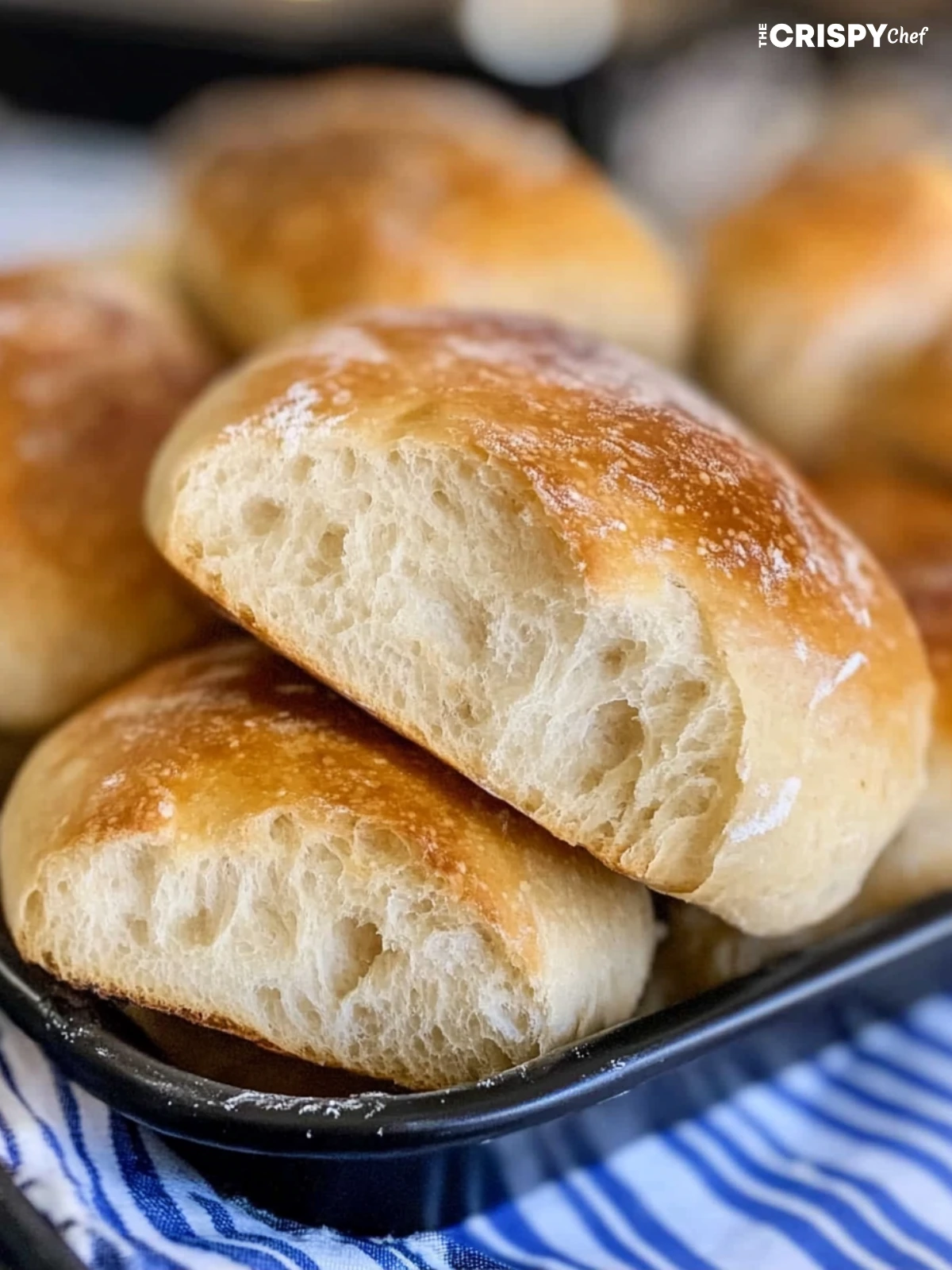
Sourdough Discard Rolls
Equipment
- Stand mixer with dough hook
- Kitchen scale
- Bench scraper
- Baking sheet or 9×13 baking dish
- Measuring cups and spoons
Ingredients
- 3/4 cup warm water
- 1/2 cup sourdough discard
- 1/4 cup sugar
- 1/4 cup melted unsalted butter cooled
- 1/2 teaspoon salt
- 2 1/2 cups all-purpose flour
- 1 egg for egg wash
- 1 teaspoon water or milk for egg wash
Instructions
- Prepare the Dough: In a stand mixer bowl, combine warm water, sourdough discard, sugar, melted butter, and salt. Gradually add flour. Mix with a dough hook on low speed for 2 minutes, then knead on medium speed for 5–10 minutes until smooth and elastic.
- First Rise: Place the dough in a greased bowl, cover, and let rise at room temperature (75–80°F) for 60–90 minutes, or until doubled in size.
- Shape the Rolls: Punch down the dough and divide it into 8 equal pieces. Shape each piece into a ball and place in a greased baking dish.
- Second Rise: Cover and let the rolls rise for 30–60 minutes until puffy.
- Prepare for Baking: Preheat the oven to 375°F (190°C). Brush the tops with an egg wash (1 egg mixed with 1 teaspoon water or milk).
- Bake: Bake for 25–30 minutes until the rolls are golden brown and reach an internal temperature of 190°F (88°C).
- Cool and Serve: Let the rolls cool slightly before serving.


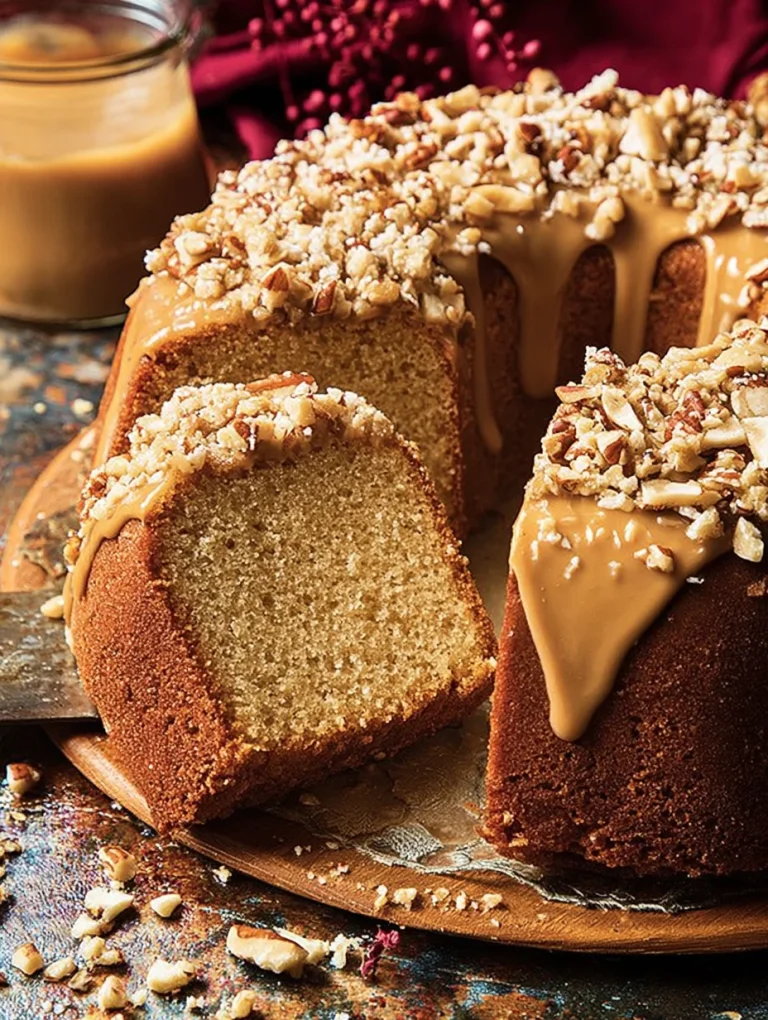
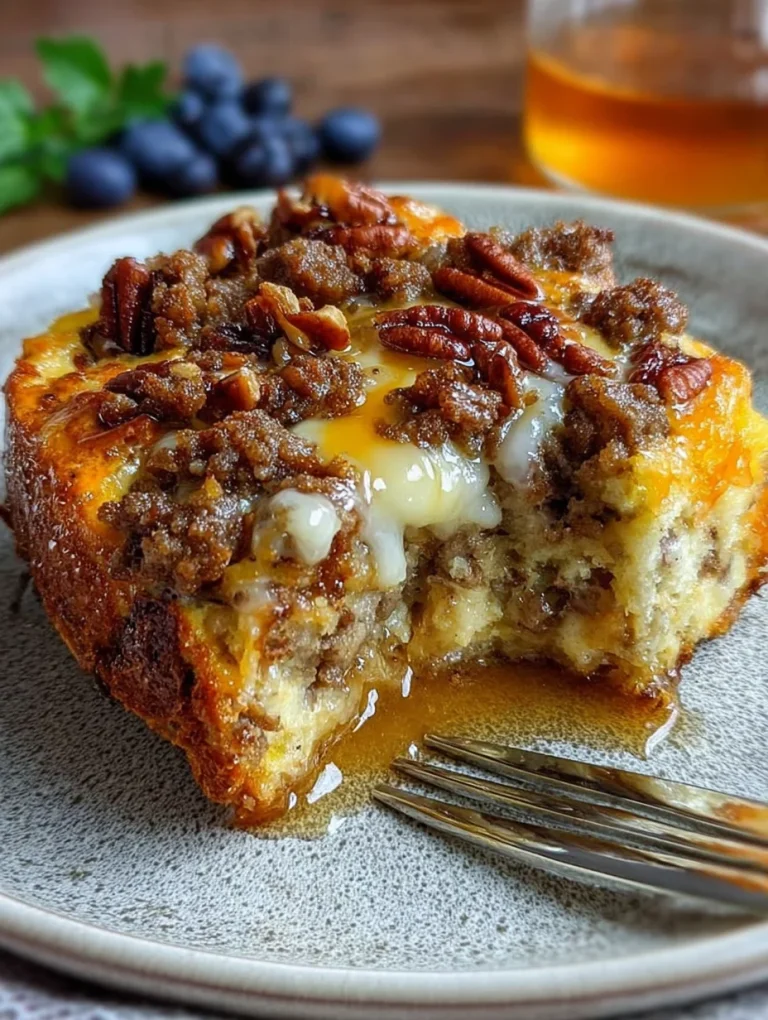


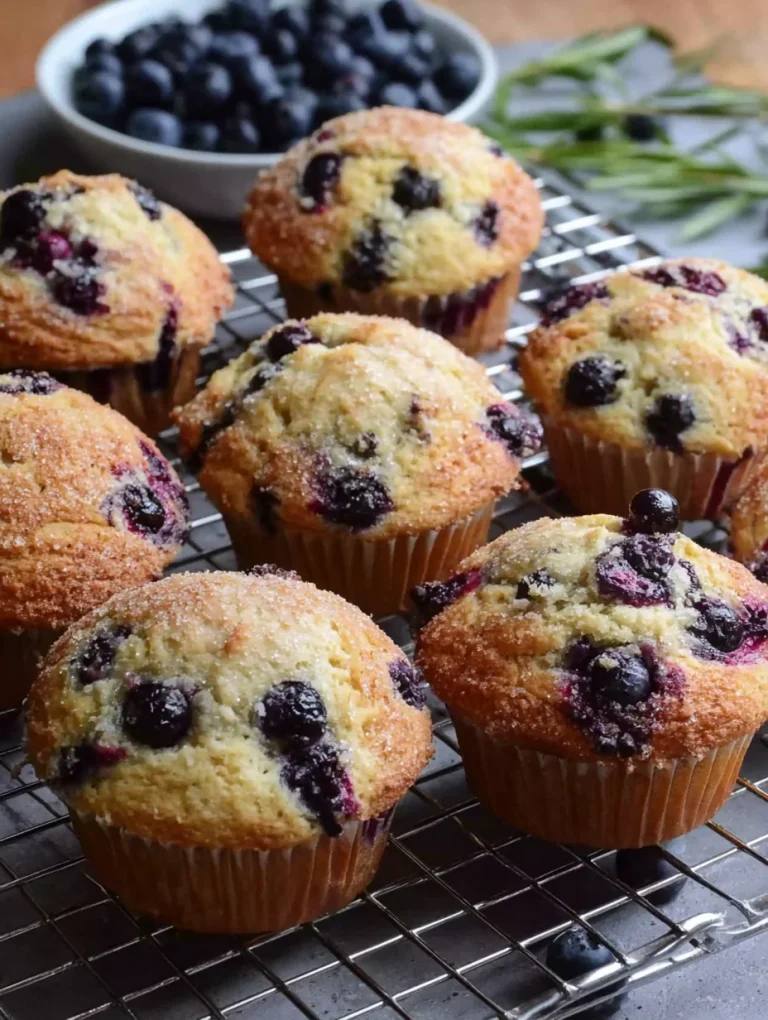
2 Comments